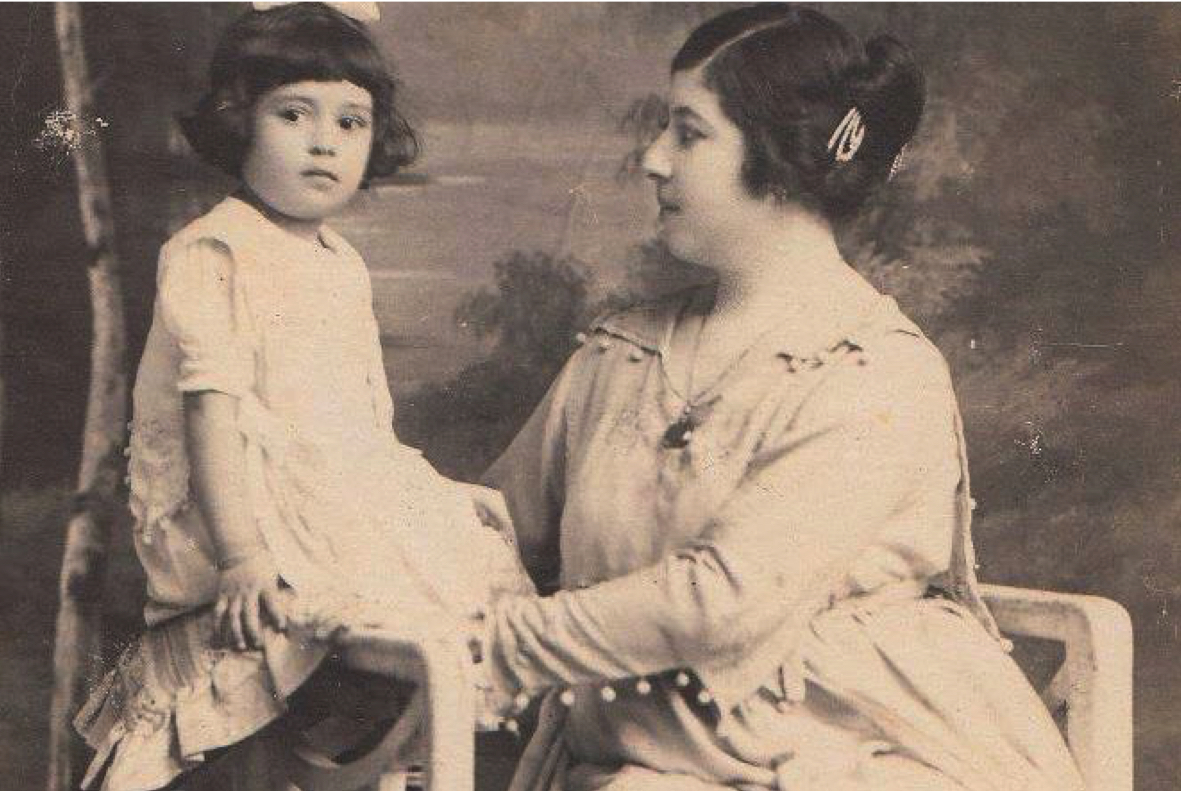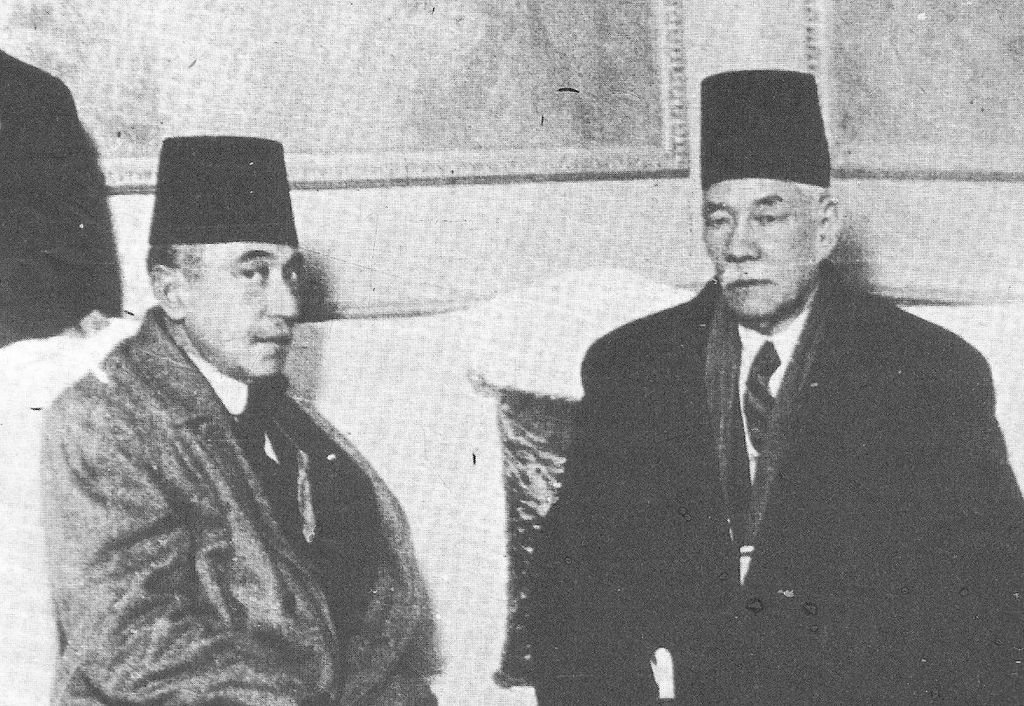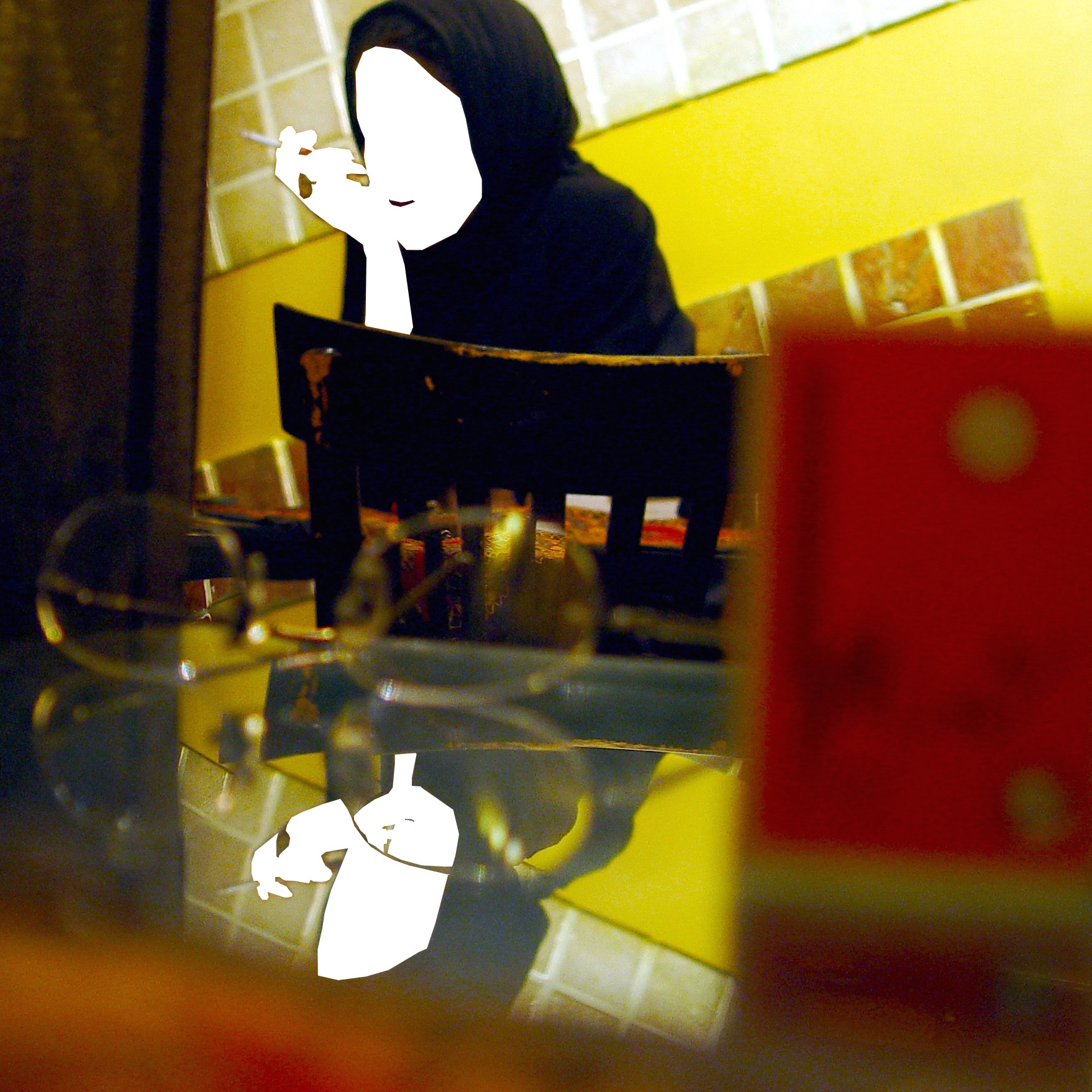The story of Mayy Ziyadah and her legendary literary salon in Cairo
In his memoirs, translator Denys Johnson-Davies recounts an anecdote about the Egyptian intellectual Luwis Awad. Awad, a perennially scruffy man, who ‘managed to have a permanent three-day growth of beard’, would only ever get a shave at a barbershop at one particular point in time: before Taha Hussain’s weekly literary salon. The sole event that made him take an interest in his personal appearance was an evening at the house of Egypt’s ‘most famous blind man’.
The host of the salon, Taha Hussain, had himself once been an enthusiastic young participant in an early 20th century salon organised by the Lebanese-Palestinian poet Mayy Ziyadah. Every Tuesday between 1913 and 1936, Ziyadah invited intellectuals – both Egyptian and foreign – to an evening of literary discussion at her parents’ house. Boutheina Khalidi’s new book, Egypt Awakening in the Early Twentieth Century: Mayy Ziyadah’s Intellectual Circles gives an in-depth discussion of this intellectual milieu, Ziyadah’s role in it, as well as a glimpse of a particular embodiment of the salon as an institution.
In her book, Khalidi argues that Ziyadah’s salon played an important role in shaping the ideas of the Arab Nahdah (lit. ‘Renaissance’) at the time. A diverse cast of intellectuals, including Ahmed Shawqi, Abbas Mahmud al-Aqqad, Huda al-Sharawi, and Sulayman al-Bustani, was present at the salon, not to mention a large coterie of one-off visitors. At times, however, one may doubt the veracity of the presence of some of Ziyadah’s guests, not least Henry and William James’ claimed visit in 1928, the American brothers both having died before in 1916 and 1910 respectively.
Whoever, exactly, was present there on any given Tuesday – and it seems clear there was a regular clique – would dine frugally, and later navigate the fashionable talking points of the time. During the Nahdah, subjects such as national identity, colonial power, and the relationship between the ‘East’ and the ‘West’ were highly prevalent, as was a recurring debate about language.
Ziaydah was a latecomer to Arabic. Like the closeted Russian aristocrats of the late 19th century, her first language was French, though she was a proud adopter of Arabic. Ziaydah criticised a ‘public figure’ (whom Khalidi identifies as Saad Zaghloul) because ‘he [spoke] to me in French … and he insited on doing so although all my answers to his questions were in Arabic’. It seems likely, however, that on the occasion that foreign visitors were present, French was spoken.

Mayy Ziyadah (right) with her daughter
Even speaking Arabic, though, was not a simple endeavour. What kind of Arabic would have been spoken? Should they have favoured colloquial, or classical Arabic? These days, those advocating the use of classical Arabic are usually seen as conservative and often religious, while those promoting the vernacular are perceived as ‘champions’ of progress, democracy, and national identity. In Ziyadah’s salon, the split was not a clear one. Ziyadah herself preferred classical Arabic, but not a stuffy Chaucerian form of it that few could relate to; rather, she opted for a modernised version that was suitable for the new age. There were also those who not only preferred the classical form, but also openly criticised colloquial Arabic. ‘If we tolerate the use of colloquial Arabic’, said Moustapha Sadek al-Rafi’i, ‘we become like the colonised that starts with condescension towards the coloniser and ends up relinquishing everything’.
Ziyadah’s salon was a central hub for intellectuals such as al-Rafi’I to discuss these kinds of issues. Yet, despite the importance of Ziyadah and the salon, for much of Khalidi’s book, Ziyadah is examined more as a facilitator than an active player in the drama. Ziyadah seemed to want to create for herself the role of a salonnière and a puller-of-strings behind the scenes, and not ‘intrude’ in the action. Only in the last two chapters of the book does one really begin to form a picture of her, and it is here that the discussion turns to Ziyadah’s feminist tendencies and her frustration in not receiving due recognition as a ‘female writer’. A number of her contemporaries did not see her as an equal. Ibrahim al-Mazini, apparently famous for his disregard of the work of women, received two of her books to review, but did not even read them because he didn’t like the title of one, Darkness and Rays of Light.
Salons must necessarily exist in the same way they always have: as space that are not quite public and not quite private; spaces that spawns ideas, but that will remain frustratingly elusive to the researchers of the future
As well, in her book, Khaldi also collects and translates a fascinating correspondence between Ziyadah and Malak Hifni Nasif on the subject of a woman’s place in literary society. Some of the arguments are very familiar in the context of the contemporary Middle East. ‘It is time for a man to stop acting as a despot when he “liberates” us,’ said Nasif, in reference to the issue of the veil, ‘just as he did when he “enslaved” us. We are fed up with his oppression’. Ziyadah, on the other hand, adopted a somewhat different perspective, opining that women should not rebel against men, because,
Whether a woman accepts his supremacy or rebels against it, it does not make any difference to him. I think, may God forgive me if I’m wrong, he prefers her rebellion to her submissiveness, because the more rebellious she is, the more authoritarian he becomes.
Not that Ziyadah was a complete shrinking violet, though. ‘There is no anger more dangerous’, she once noted in a lecture on women’s literature, ‘than [that of] the weak if they one day become aware of their latent power’.
At several points in the book, Khalidi observes how Ziyadah’s salon was influenced by both European – particularly French – salon culture, as well as the long history of Arabic salons. However, it is a shame that most historical discussion surrounding salon culture in Khalidi’s book revolves around European salons or on theorists such as Habermas, and their thoughts on personal and private spheres. The Arabic salon of Sukaynah bint al-Hussain is sometimes referred to, but there is not so much as a mention of Wallada, whom the Islamic scholar Phillip K. Hitti called the ‘Sappho of Spain’. Here, a focus on the rich Arabic tradition of salons is markedly absent.

Ahmed Shawqi and Saad Zaghloul
Khalidi’s book manages to portray a vivid picture of literary figure who has been frequently neglected despite her status. Nonetheless, despite the importance of Ziyadah and her salon, one cannot help feel that titles such as ‘the most perfect writer in the whole of Arabic literature’ (as she was referred to during her memorial) are somewhat exaggerated. As well, despite the fact that her salon gatherings took place less than a century ago, details of it remain sketchy. Khalidi here is forced to rely on letters, articles, and even a fictionalised account of a salon at Ziyadah’s house. Khalidi translates this ‘tableau’ in full, and, understandably so, pushes it to its very limits (and perhaps beyond), seeking to equate the characters in the fictionalised dialogues with actual attendees.
Ziaydah and her salon aside, Khalidi’s book begs a crucial question: what are the salons of this age, and will they be written about and remembered in the same way? Khalidi notes how social media is expanding the way we think about the public sphere, but stops short of calling it a kind of salon. This is, of course, a tempting comparison, especially bearing platforms like Twitter in mind. However, she is surely right not to equate the two. Twitter appears to be somehow between the personal and public spheres, although this is an illusion; it is an entirely public medium that does not afford any of the privacy a salon does, nor are its social rules the same. Twitter is bound by the hierarchy of follower counts, and it does not have a salonnière to guide conversations and resolve arguments. Mark Zuckerberg is no Mayy Ziyadah. If Twitter did represent the same thing as a salon, the fact that tweets are stored in the US Library of Congress would be an academic’s dream.
Unfortunately, though, salons – by whatever name they must be called – must necessarily exist in the same way they always have: as spaces that are not quite public and not quite private, as Khalidi notes; spaces that spawns ideas, but that will remain frustratingly elusive to the researchers of the future.

